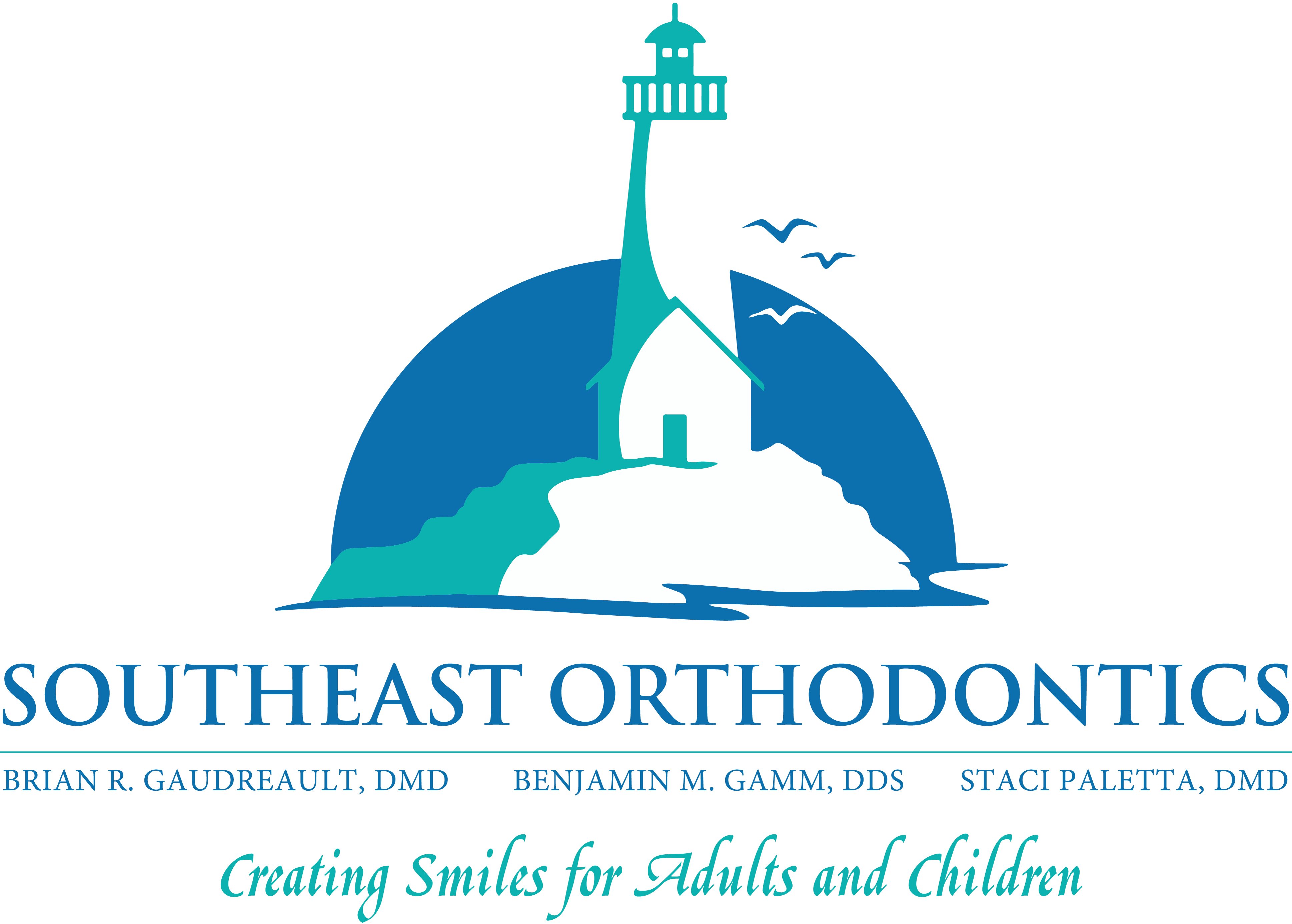Some children as early as 7 years of age may benefit from an orthodontic evaluation and treatment. Although treatment is unusual at this early age, some preventative treatment may be indicated. Children may experience dental crowding, too much space between teeth, protruding teeth, and extra or missing teeth and sometimes jaw growth problems. Teeth may also be growing ectopically, or in the wrong direction, and may need re-direction to grow into the mouth.
Other malocclusions causing the need for orthodontic treatment can be acquired. In other words, they develop over time. They can be caused by thumb or finger-sucking, mouth breathing, dental disease, abnormal swallowing, tongue thrusts, poor dental hygiene, the early or late loss of baby teeth, accidents or poor nutrition. Trauma and other medical conditions such as birth defects may contribute to orthodontic problems as well.
The advantage for patients of early detection of orthodontic problems is that some problems may be easier to correct if they are found and treated early. Waiting until all the permanent teeth have come in, or until facial growth is nearly complete, may make correction of some problems more difficult. For these reasons, the AAO recommends that all children get a check-up with an orthodontist no later than age 7. While your child’s teeth may appear straight to you, there could be a problem that only an orthodontist can detect.
Even if a problem is detected, chances are Dr. Gaudreault will recommend monitoring growth and development closely, checking your child from time to time as the permanent teeth come in and the jaws and face continue to grow. For each patient who needs treatment, there is an ideal time for it to begin in order to achieve the best results. Dr. Gaudreault has the experience, knowledge, and expertise to determine when the treatment time is right. Our goal is to provide each patient with the most appropriate treatment at the most appropriate time.
In some cases, Dr. Gaudreault might find a problem that is severe enough that your child may benefit from early or interceptive treatment. This phase of treatment usually lasts 9-12 months in duration. Children can benefit from early treatment. Early treatment may prevent more serious problems from developing and may make treatment at a later age shorter and less complicated. For those patients who have clear indications for early orthodontic intervention, early treatment gives Dr. Gaudreault the chance to:
- Guide jaw growth
- Lower the risk of trauma to protruded front teeth
- Correct harmful oral habits
- Improve appearance and self-esteem
- Guide permanent teeth into a more favorable position
- Improve the way lips meet
It’s not always easy for parents to tell if their child has an orthodontic problem. Here are some signs or habits that may indicate the need for an orthodontic examination:
- Early or late loss of baby teeth
- Difficulty in chewing or biting
- Mouth breathing
- Thumb sucking
- Finger sucking
- Crowding, misplaced or blocked out teeth
- Jaws that shift or make sounds
- Biting the cheek or roof of the mouth
- Teeth that meet abnormally or not at all
- Jaws and teeth that are out of proportion to the rest of the face
Common orthodontic treatment for children may include: Palatal expander, Pendex, TransPalatal Arch, Lingual Arch, Habit Appliance, and Hawley Retainers.
Visit our Appliances page to learn more about common appliances used during treatment for children.
